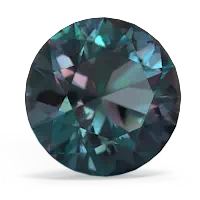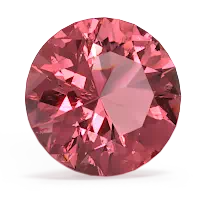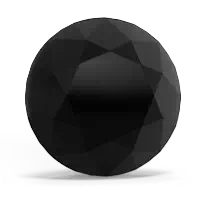


Although a relatively new gem, alexandrite is said to bring pleasure and love. Wear a created alexandrite pendant to attract the man of your dreams. Tourmaline symbolizes wisdom, strength of mind and eloquence. Wear a pink tourmaline pendant to become a more confident and impressive individual. A perfect stone for nighttime wear, a black onyx pendant looks elegant and stylish in white or yellow gold.